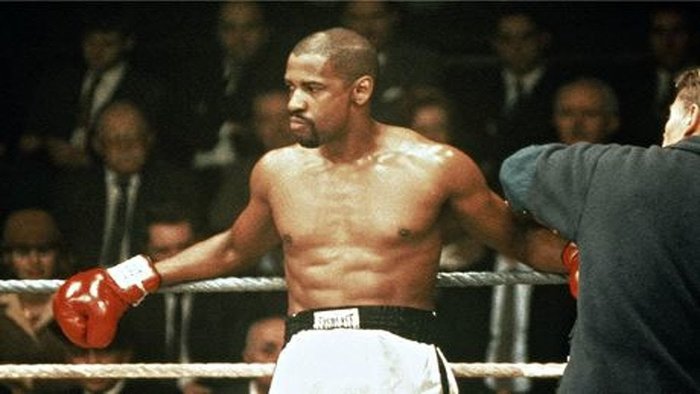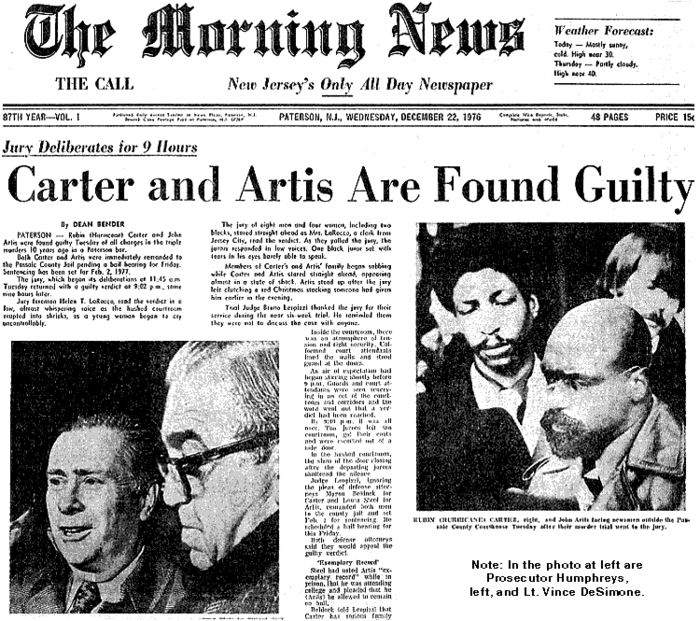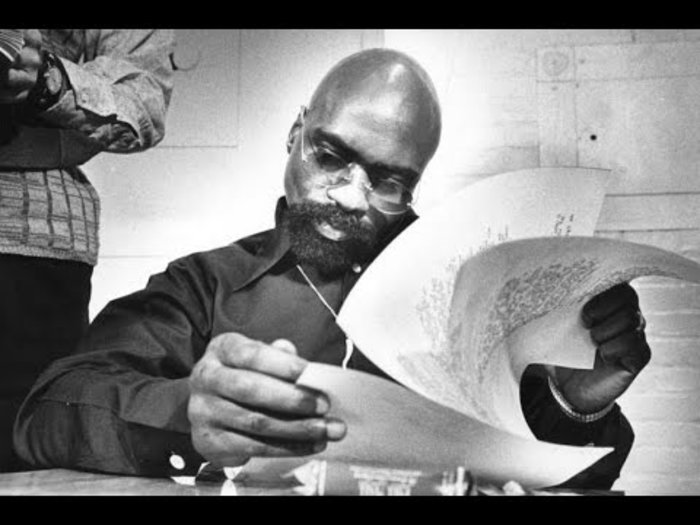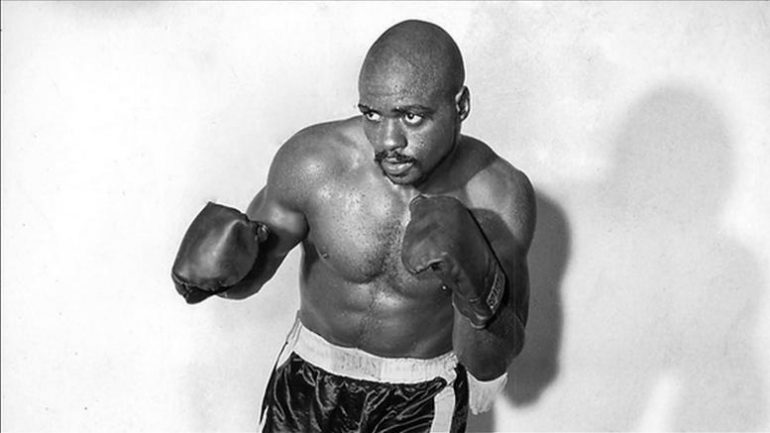From many Americans, especially from the African American community, he was a popular hero. Not only because it was a song by Bob Dylan and a movie by Norman Joyson, but mainly because he was trying to prove his innocence by having the στη white establishment in front of him. It took 19 years, a day like today in 1985, until Rubin "Hurricane" Carter was able to taste the air of freedom, after numerous court battles for a homicide he never committed.
Rubin "Hurricane" Carter was born in Clifton, New Jersey in 1937. He was the fourth of seven children in the family. He entered the reformatory at the age of 11, when he attacked and stabbed a man. He escaped from the reformatory and in 1954 joined the army. A few months after completing his basic infantry training in South Carolina, he was sent to West Germany. There he started boxing, initially fighting for the army team. In 1956 he was dismissed from the army as unfit, after four trials. He was convicted and imprisoned.
After his release from prison in September 1961, Carter became a professional boxer. Despite his small stature (from the average weight class), he managed to excel due to his aggressive style and the tremendous strength he had in his hands. A force that allowed him to win several fights by knockout. The nickname "Hurricane" (Hurricane) did not take long to come. In 1963 he was in the Top-10 of the list of contenders for the title in the middleweight division, while at the end of 1965 he was in the top five.

Carter's career record was 27 wins, 12 losses and a draw in 40 games, with a total of 19 knockouts (8 knockouts, 11 technical knockouts). He was honored with the title of world champion and later entered the Hall of Fame of New Jersey Boxing.
On June 17, 1966, two men entered the Lafayette Bar and Grill in Patterson, New Jersey and opened fire. Bartender James Oliver and a client, Fred Nowowick, were killed instantly. Hazel Tannis, who was seriously injured that night, died almost a month later after being shot in the neck, stomach, intestine, spleen and left lung. A third client, Willie Marins, survived the attack despite losing one eye. Both Marins and Tannis testified that the shooters were black men, without identifying Carter or John Artis, who was also charged. He was eventually convicted of killing three whites, only on the testimony of two other whites who were trying to rob a factory near the scene of the killings. The witnesses, although with a "dirty" criminal record, became credible, falsely testifying that they recognized Carter as one of the two executors. So in May 1967, Carter and his friend were sentenced to four life sentences.

In 1974, the witnesses withdrew their testimonies and two years later Carter was released. But not for long. New allegations, new court battle, to be found behind bars again.
Rock idol Bob Dylan and director Norman Joyson are inspired by Carter's story. He was the first to visit him in prison, having already read Carter's book "The 16th Round", which was published in 1975 and raised public awareness. In the same year, Dylan wrote the song "Hurricane", which on the occasion of the adventure of the American boxer, referred to racism and the dramatic consequences it had for Carter. The song became a huge success and Carter's struggles took on new dimensions. Four years later, Jason brings Carter's life to the big screen, starring Dezel Washington. A film that grossed over $ 74 million.

The reopening of the case brought to light new facts, which led to his acquittal. On April 20, 2014, Carter, defeated by a terminal illness, passed away at the age of 76 in Toronto, Canada, where he had lived since the day of his release from prison.
Source: TheToc
